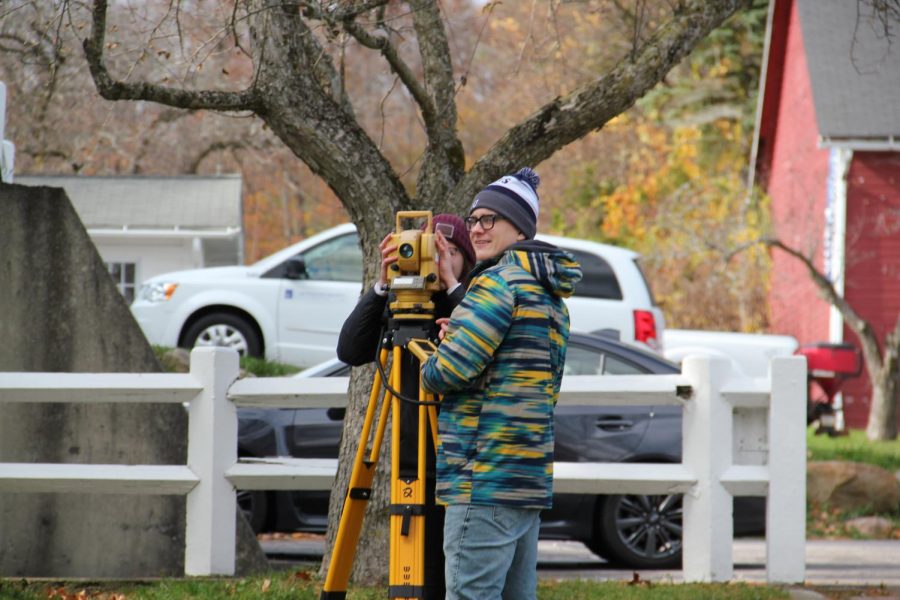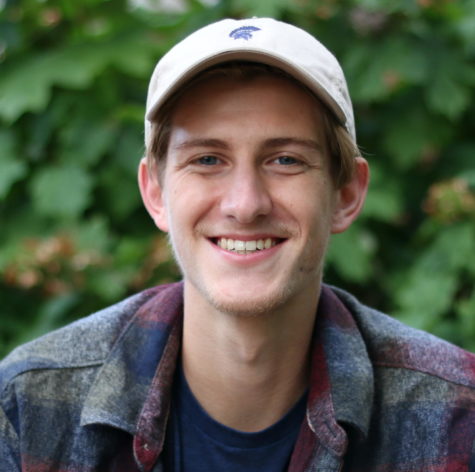Case Amateur Radio Club partners with Department of Civil Engineering to prepare for disaster
Civil engineering students survey the University Farm to help Case Amateur Radio Club find the best place for antennae to catch and receive raddion transmissions.
December 6, 2019
Every June, the American Radio Relay League (ARRL) sponsors Field Day, a nationwide amateur radio event that simulates a disaster event where electronic communications are disabled. In this scenario, nearly every service we use in our daily life is affected. Hundreds of thousands of texts and calls fail to go through to their intended recipients all across the nation. To most, this would be a devastating blow. However, to students in the Case Amateur Radio Club, it would be just another Tuesday.
Professor David Kazdan is the advisor for the radio club. In his role, Kazdan helps prepare students to become fully licensed amateur radio operators as well as compete in the annual ARRL Field Day. For the Field Day, students must set up a communication station and attempt to contact other stations through the use of different high-frequency bands.
To do so, they must first set up several antennae high up in trees to catch and receive transmissions. Placement of different lengths of cables is how a team is able to connect to more operators and, thus, score more points. As the club prepared for the upcoming field day, the question arose as to what the ideal setup was for the antenna.
Earlier in the semester, Kazdan approached Katie Wheaton, a professor in the Department of Civil Engineering, to help prepare for the ARRL competition. Wheaton teaches a surveying class and used the proposition as an opportunity for her students to gain real-life experience working for a client.
The students traveled to University Farm, where they used digital measurement tools to survey the area and create a detailed map with suggestions for locations where the radio club could set up the specific lengths of antenna between trees. This interdisciplinary collaboration exemplifies how students at Case Western Reserve University are solving real-world problems by applying knowledge and techniques learned in the classroom.



